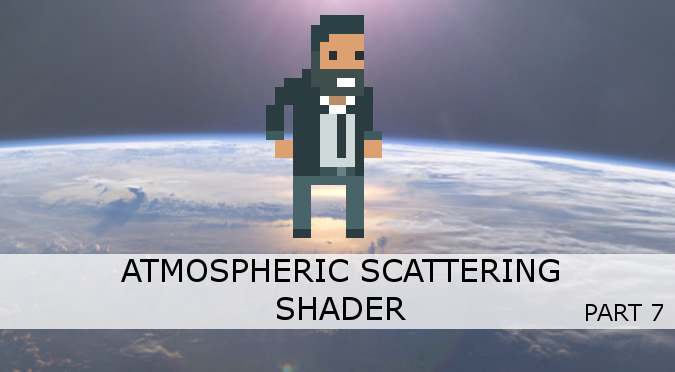
This tutorial finally concludes our journey to simulate Rayleigh Scattering for a planet’s atmosphere.
The next (and final) part will show how to change the shader to also include an additional type of scattering, known as Mie Scattering.
You can find all the post in this series here:
- Part 1. Volumetric Atmospheric Scattering
- Part 2. The Theory Behind Atmospheric Scattering
- Part 3. The Mathematics of Rayleigh Scattering
- Part 4. A Journey Through the Atmosphere
- Part 5. A Shader for the Atmospheric Sphere
- Part 6. Intersecting The Atmosphere
- Part 7. Atmospheric Scattering Shader
- 🔒 Part 8. An Introduction to Mie Theory
You can download the Unity package for this tutorial at the bottom of the page.



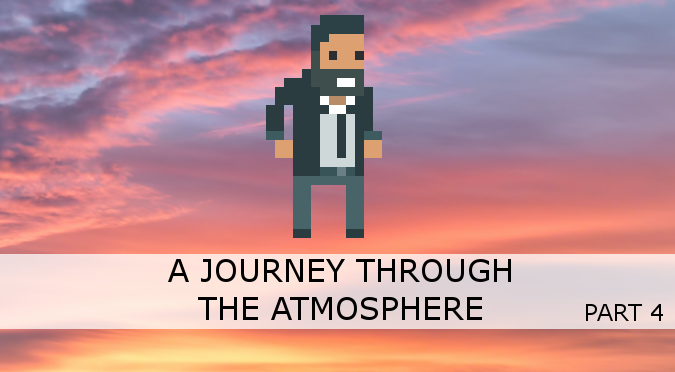
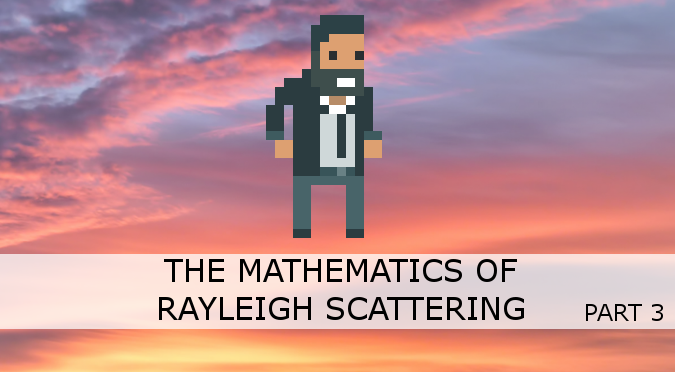
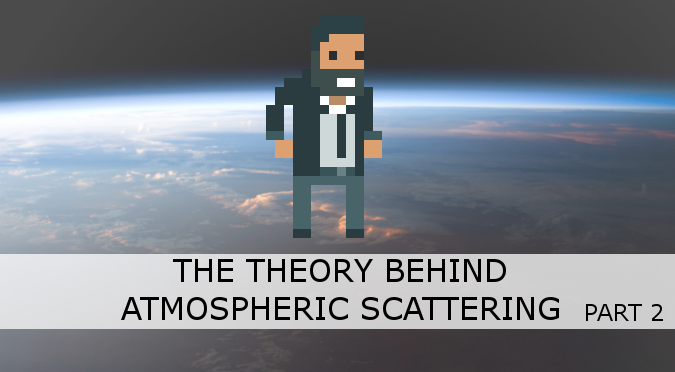
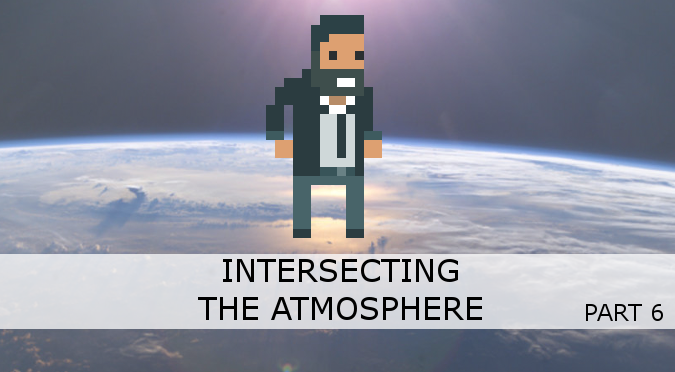
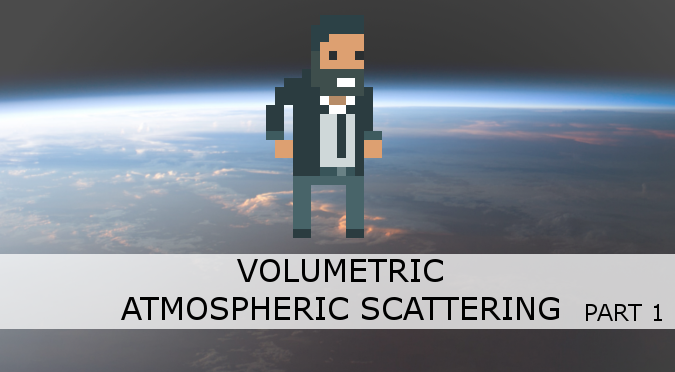
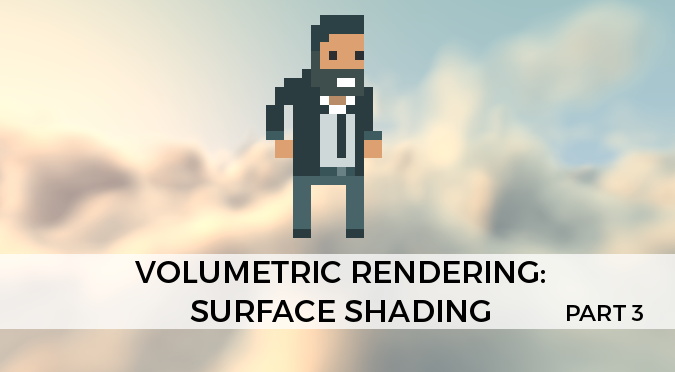
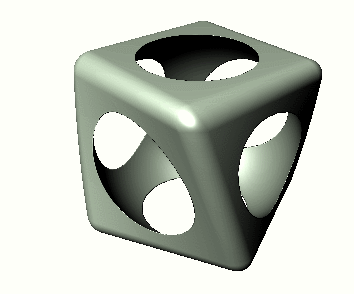
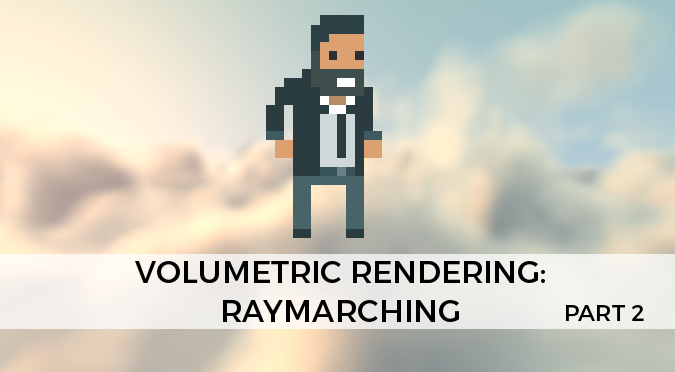
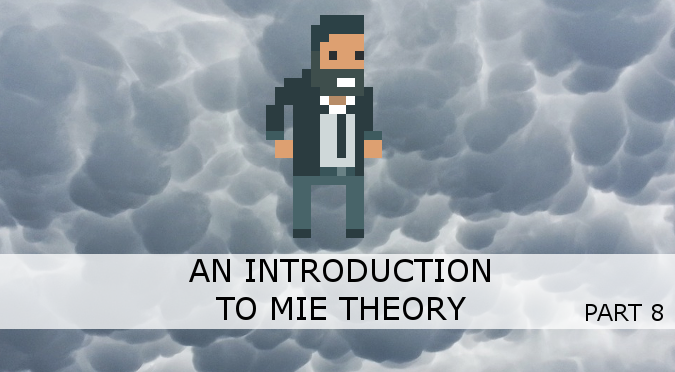
 Unlock with Patreon
Unlock with Patreon